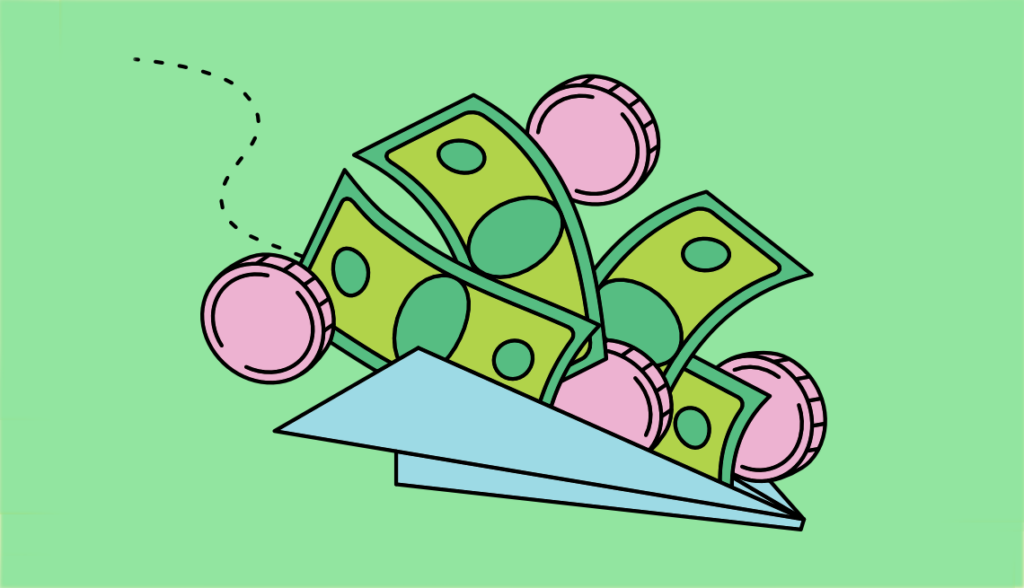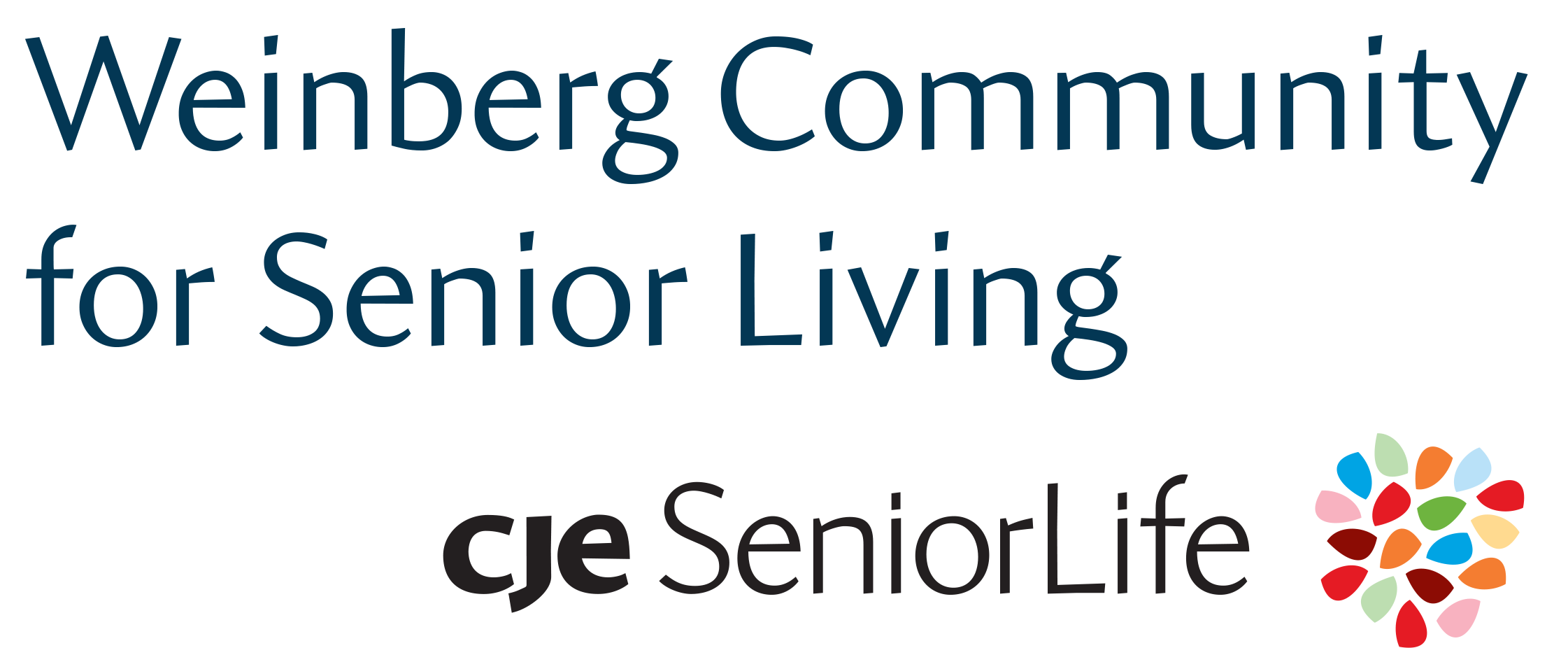Your Guide to the Latest Digital Money Tools

Remember when you used to get nervous about withdrawing cash from an ATM instead of standing in line for a bank teller?
Fast-forward a few decades: Now there are people who get all starry-eyed over the latest high-tech gadget or service. Every financial task has a digital do-it-yourself tool that supposedly makes life easier, faster, cheaper or safer. But is that true?
Tech should serve a need rather than some cool factor. The goal is to make our lives easier. It must be simple to understand and work when we ask it to. Here’s what you need to know about the most common and popular online money tools.
Splitting a bill? No need to carry paper money and change
Use a cash transfer app. If you’re out for lunch with a friend but don’t have enough money on hand or maybe the restaurant doesn’t want to take two credit cards, settling your debt can be done in seconds. And no more friendships will be strained with vague promises of “I’ll pay you back later.”
How they work.
PayPal, Venmo, Cash App, Zelle and other “peer-to-peer” payment apps link to your bank account or credit card. Then you can send payments to others who also have an account on that platform — and receive money, too.
Some stores accept payments via these apps as well, but fees may apply. You can also use these tools on a computer to send or receive money to those using your same service.
Are they safe? Some of these apps keep your money safe by “tokenizing” sensitive information, which means they replace your credit card or bank card number with a different, unique code, protecting your account info from potential hackers. Others use bank-level encryption to protect your information.
These security features make money transfer apps “more secure than carrying around a bunch of cash,” says Executive Director Tom Kamber of Older Adults Technology Services (OATS) from AARP and its Senior Planet program, which provides personal tech training.
A caveat. Once the money changes hands, it’s gone. So make sure any phone number or email address that you punch in has no typos.
“What I do is first send a dollar. Then I ask the person to confirm they received that,” says Andrea Woroch, a personal finance expert who has appeared on the Today show and in The Wall Street Journal. “Once they do, I’ll send the remainder.”
For more information on the best ways to use digital money tools, from AARP, CLICK HERE.
